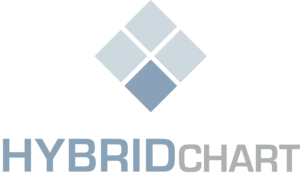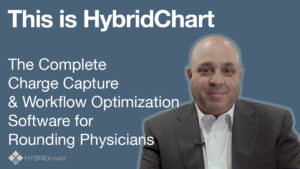Whether to outsource medical billing or to keep the process in-house is a common problem that weighs heavily on many practice managers and doctors. The world of claims, receipts, collections and reports can be woefully daunting to say the least. Which explains why thousands of practices have efficiently delegated their entire financial operations to third party billing solutions. Should you do the same?
Let’s take a closer look at the pros and cons of 3rd party billing.
Medical Billing In-House
Pros
- You can lose a lot of time and money moving to outsourcing if you have already invested in trained medical billers and technology
- You can speak with your billers in person
Cons
- It’s more expensive to cover employee benefits, pay billers’ salaries and purchase technology systems than to use a 3rd party billing solution
- It’s hard for office managers to keep tabs on billing operations while staying on top of employees’ claims and bills, etc.
- Medical billing is a moving target—rules and codes change frequently it can be difficult to keep up
- It’s time consuming—the benefit to outsourcing is that you’re dealing with experts who are focused solely on billing
3rd Party Billing
Pros
- You don’t have to micromanage
- You can get unmatched visibility into your billing operations
- Medical billing is complex and is best handled by experts
- In-house billing is time consuming –3rd party billing means more time for you
- Improved billing efficiency
Cons
- You don’t have total control. Some physicians or billing managers prefer to have tighter control over their finances. If you don’t feel comfortable delegating your financial operations to someone else, 3rd party billing may not be a good fit.
- Fees. The practice may be billed for implementation charges and additional fees for reporting or other services such as invoicing patients or preparing statements
Interested in 3rd party billing after reviewing the pros and cons? HybridChart makes 3rd party billing much more accessible. Here’s how:
HybridChart: Integrations for Easy Implementation
Nothing can cause more of a headache than change. Rest easy knowing that HybridChart integrates seamlessly with the systems you already have in place! Our integrations make it easy to implement and execute on your new system. Waste less time trying to manage multiple softwares, as HybridChart can connect and communicate directly with your EHR and billing softwares.
Easy integration via HL7, API and IPSec Connections can send charges captured in HybridChart to an external Practice Management system and/or billing. Inbound data integration is an option as well. The list of partners with whom we already integrate with continues to grow and currently includes athenahealth, Centricity and more. Review our current integrations here.
If you wrestle frequently with the decision about 3rd party billing, hopefully our breakdown of the pros and cons and how HybridChart can make things easier for you has helped give you some clarity. Contact us today to discover what we can do for your practice.
Want to learn more about you could benefit from using HybridChart? Watch our demo now!
{{cta(‘2e596026-b24f-4c03-87e6-dd02df1b5cb8’)}}







